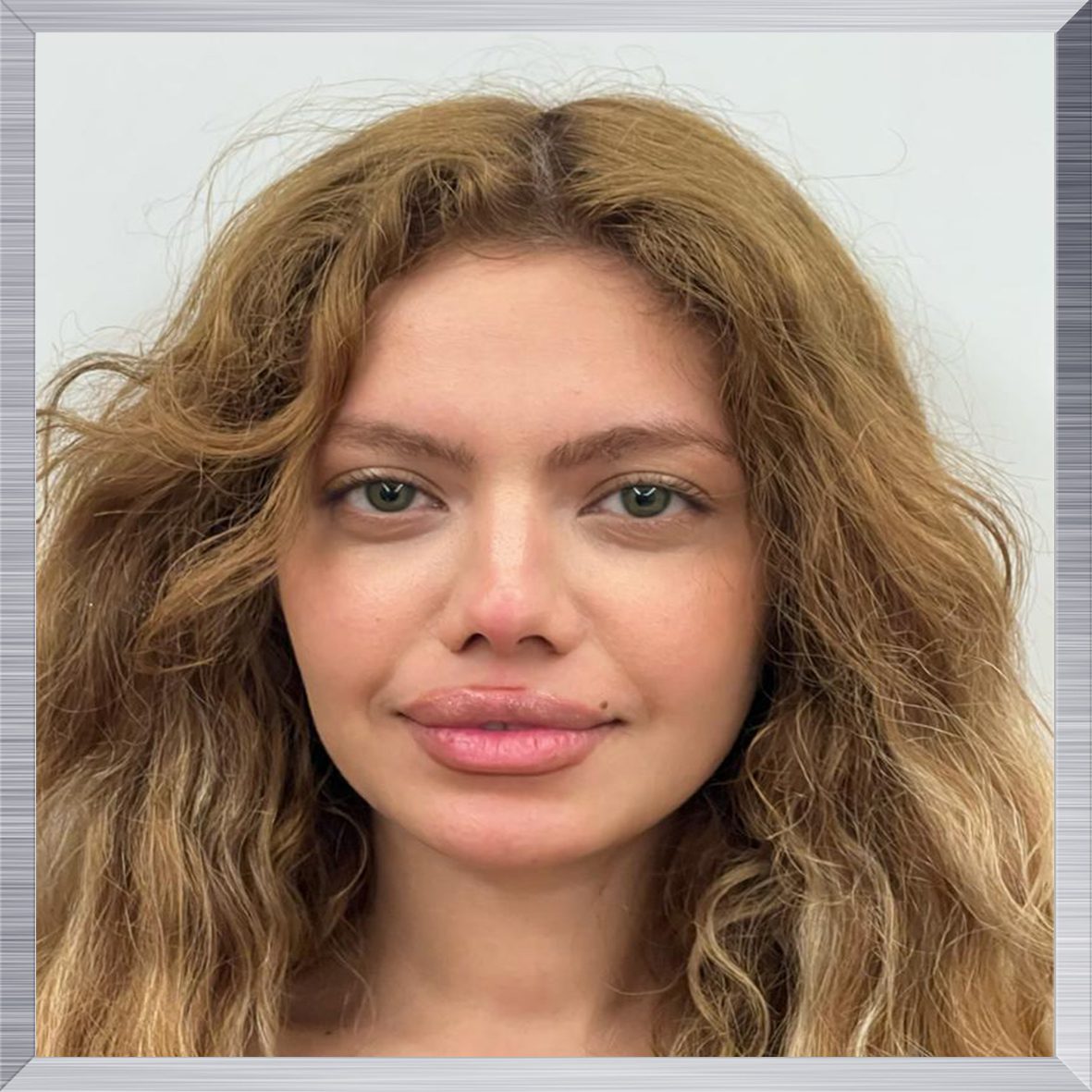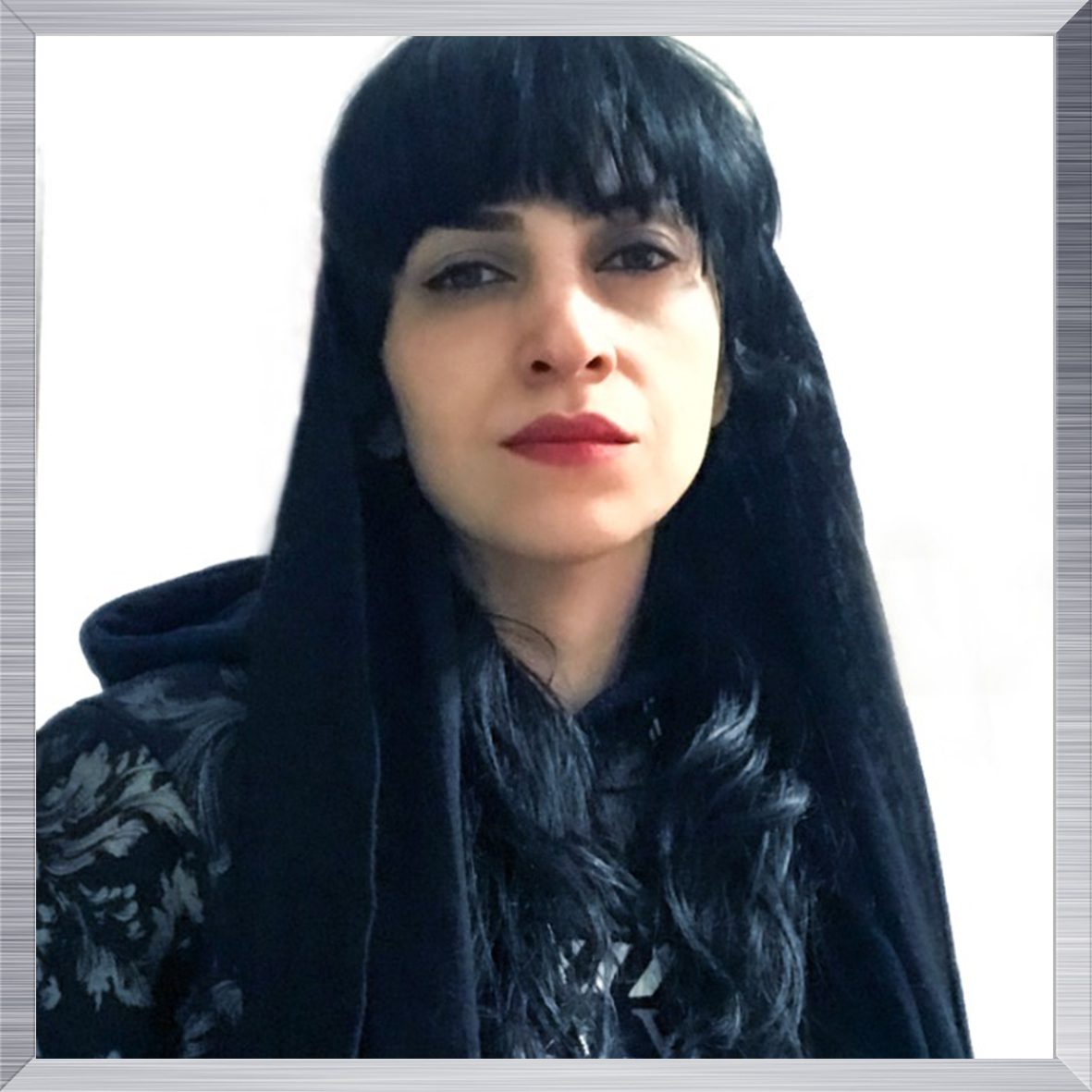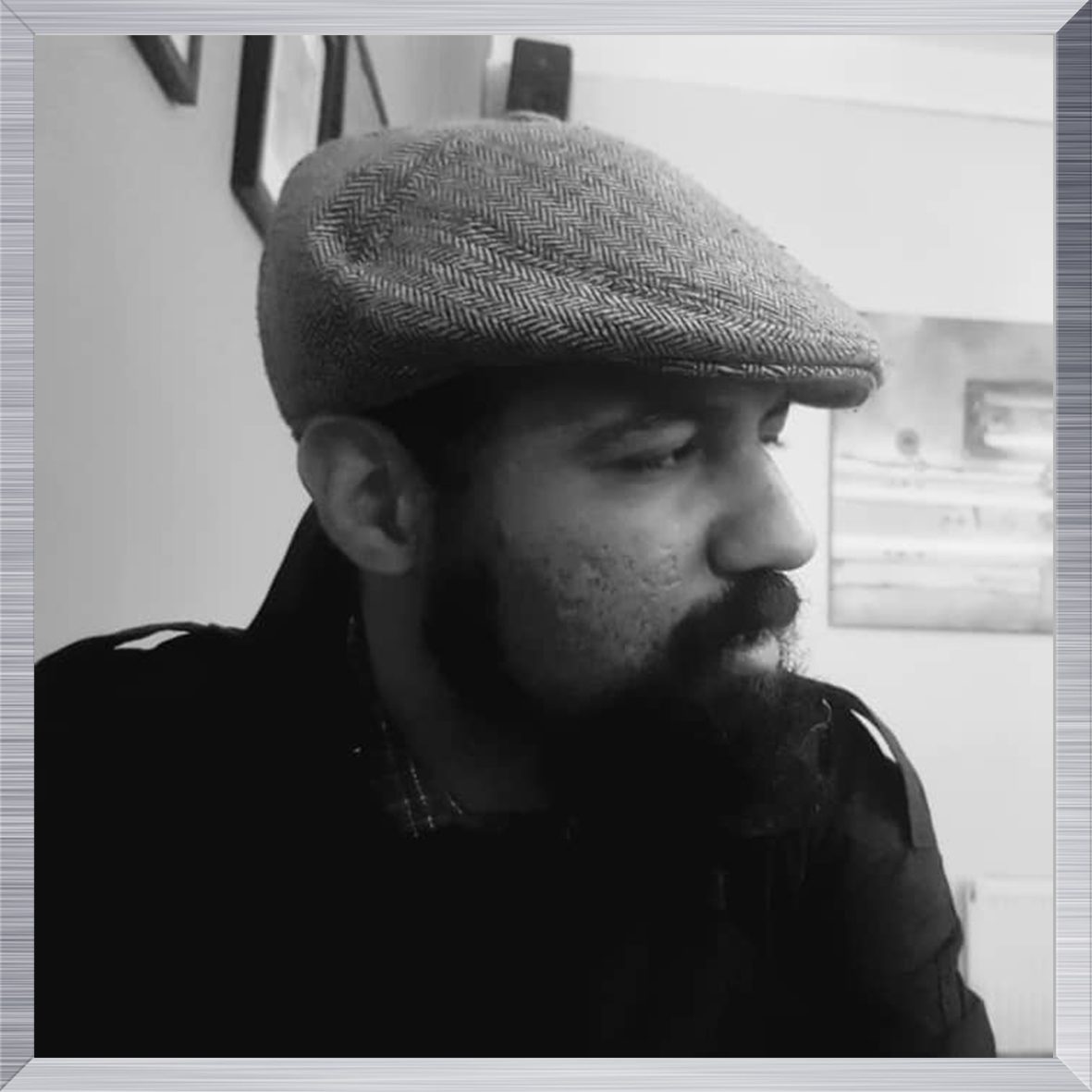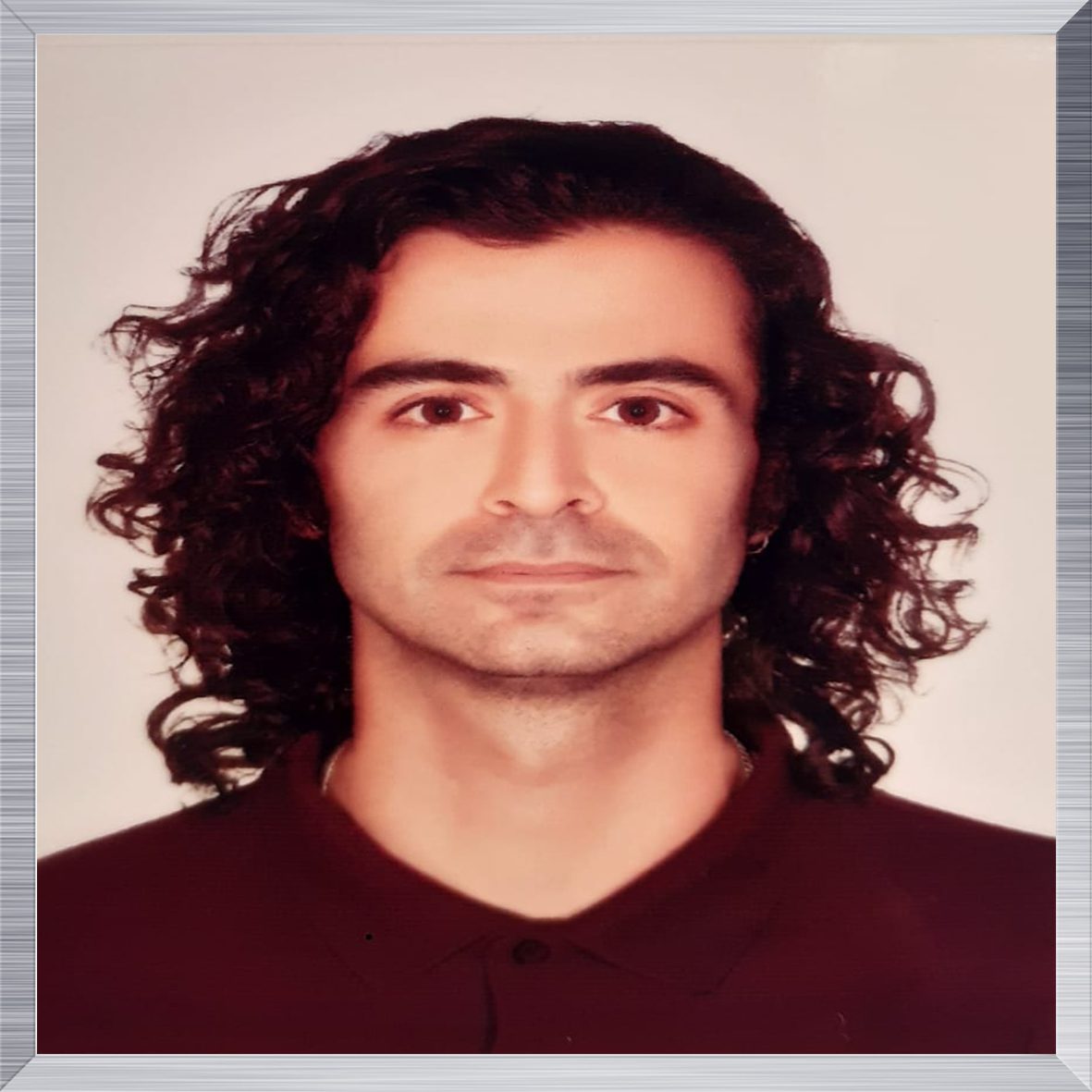How and when did you enter the art world?
My grandfather was an antique dealer, and my uncle was active in oil color painting in his teenagehood before he stepped into the path of engineering. I can remember that gazing at his painting was enjoyable for me as it is still. Nothing was more magical than his brush and oil box. my enthusiasm for painting tempted my mother to enroll me in Mr. Hassanpour’s painting class. Due to my talent in painting, I found myself in oil color painting class, and the magical box was mine, an unequal pleasure to sit the sky on my canvas. I felt it took too long to join my painting class on Mondays and Thursdays to depict a unique work.
I was sure I would be a painter; however, the school counselor advised me to choose math instead of graphics. Art was beyond everything for me. in a family gathering, my aunt’s husband, who is graduated with a Ph.D. degree in geology in France, told me that an art diploma is not as valuable as math; forget about art. I, a 13 years old teenager, was afraid of his look and tone of speech. The next day I persuaded myself to educate in math, although my mother told about doctors who never played a role in medicine but painting. wasting my time on differential, trigonometry, and integral is an endless regret after 26 years
After high school graduation, I prepared art books for the entrance exam, and learning about Cubism School filled my body full of joy. None of my friends or family members knew about the two-stage art entrance exam, so I lost the chance to participate in the second stage. However, I took a chance on a carpet; what a strange world it is. The following year I entered Shiraz Soureh University. I couldn’t believe in acquiring top marks for painting and learning art history.
What sources differentiate your work?
The significance of the idea is undeniable, although it may go to the margin sometimes. For instance, portraits have been an excellent subject, but a different viewpoint will differentiate them.
What are the topics of your artworks?
I am inspired by art history, old photos, the surrounding environment, chemistry, and psychology. Indeed, my future inspiration will be different, as body hormones are changing.
What is your painting style? Does it change over time?
I believe that living in the postmodern era is a reason to benefit from this style; however, I am not sure about my painting style.
What are your dominant techniques and materials?
My painting technique is oil color, and sometimes acrylic as a first layer that I used for ‘My Mona Lisa’ series. Iron, iron powder, resin, plaster, and metal papers, including gold, silver, copper, and aluminum, depict the ‘Fe 26’ collection. ‘Fe 26 symbolizes iron in the periodic table.
Do your eight collections focus on a particular subject?
Time is the theme of my works, particularly “Fe26” series. Painting comes into being according to chemical reactions in a direct relationship with time.
Which one of your works is appealing to you?
“Fe 26” series is fascinating; despite consuming considerable time, the result is surprising.
Are audiences free to interpret artworks?
The answer is both yes and no. I like the theory of the Death of the Author.
What kind of activities help develop painting?
Each second can help develop the painting world provided to keep a safe distance with cell phones to promote mental development.
Does art affect your life?
Graduation in painting offered me a better and more beautiful vision of life.
Do you believe in academic education?
The perfect vision was a gift dedicated by the university, a place to deepen perspective.
- Dana Nehdaran
- Forget me not flower
- Fe26 series
- Acrylic and iron powder on canvas
- 24×12 inch
- 60×30 cm
- 2015
- Dana Nehdaran
- New York Subway
- Fe26 series
- Acrylic and iron powder on canvas
- 60×48 inch
- 152×121 cm
- 2015







